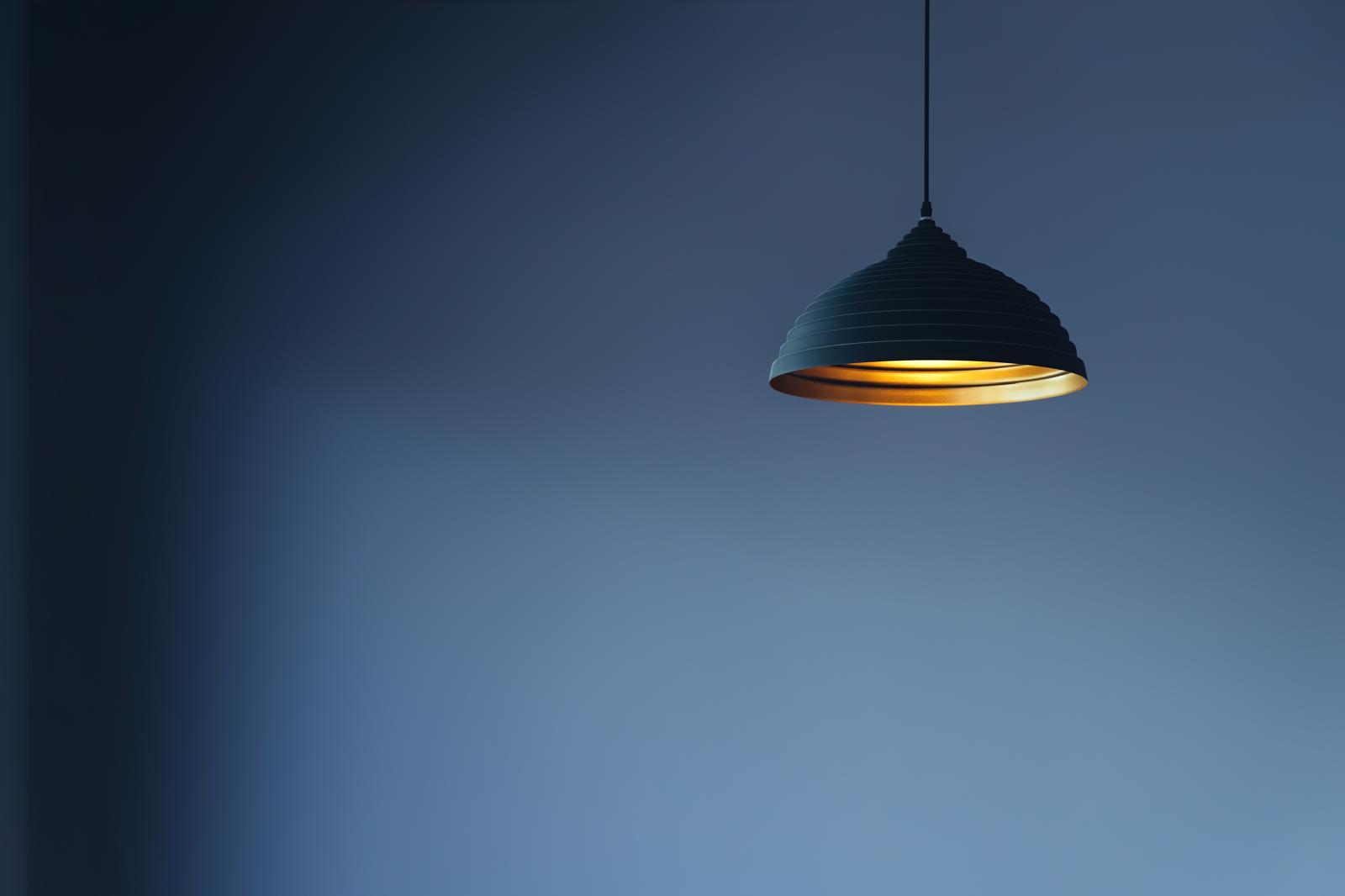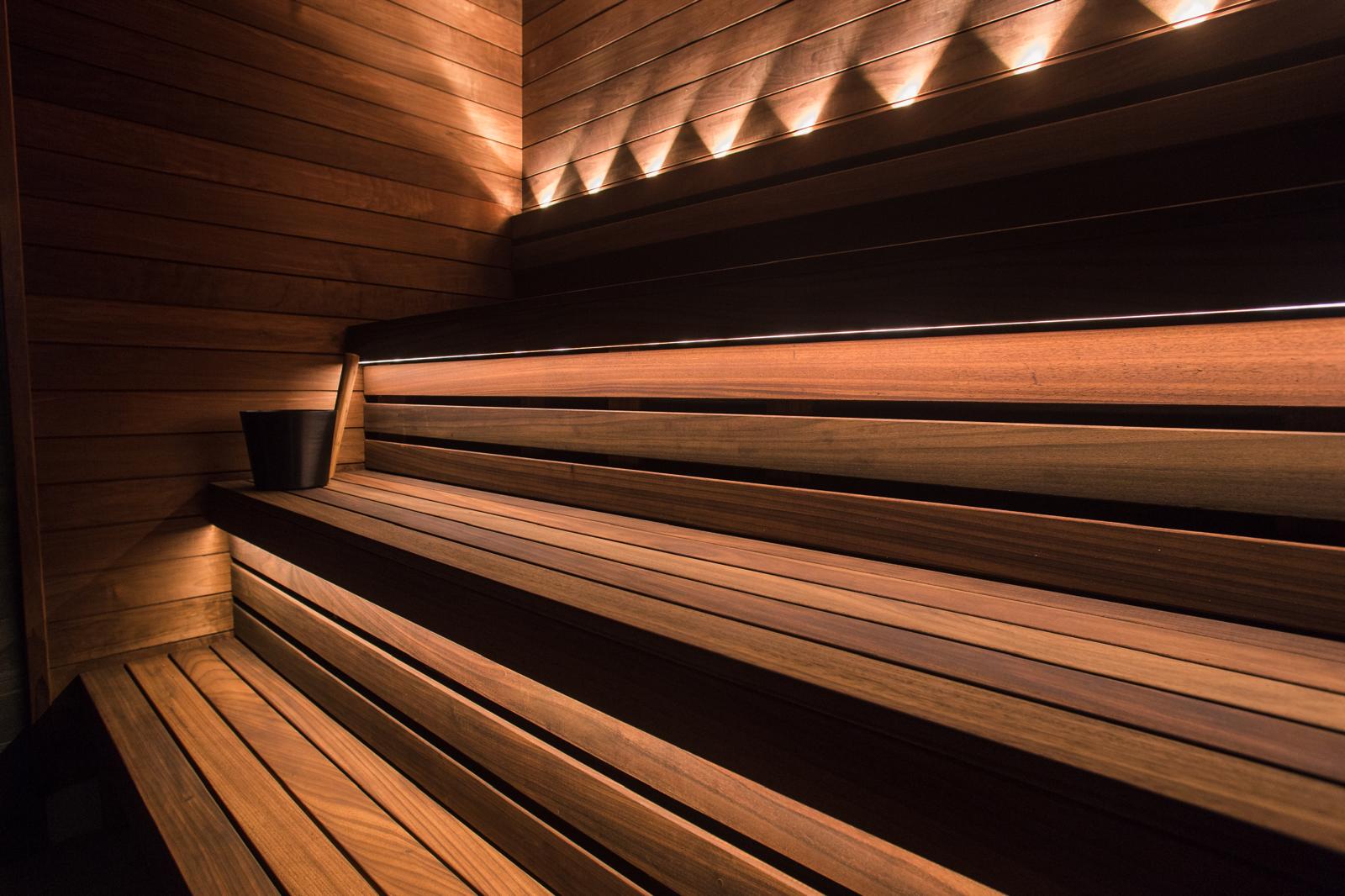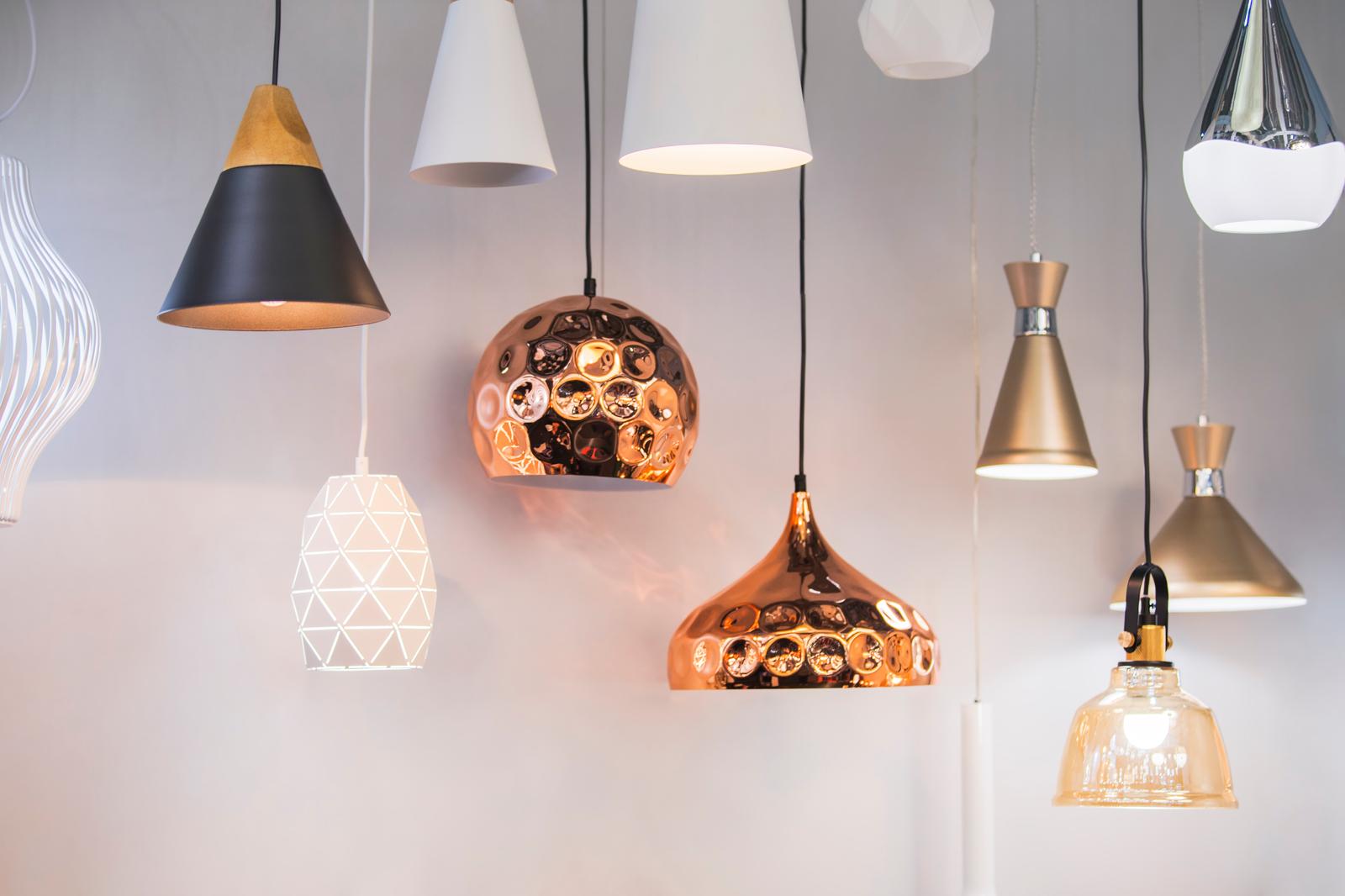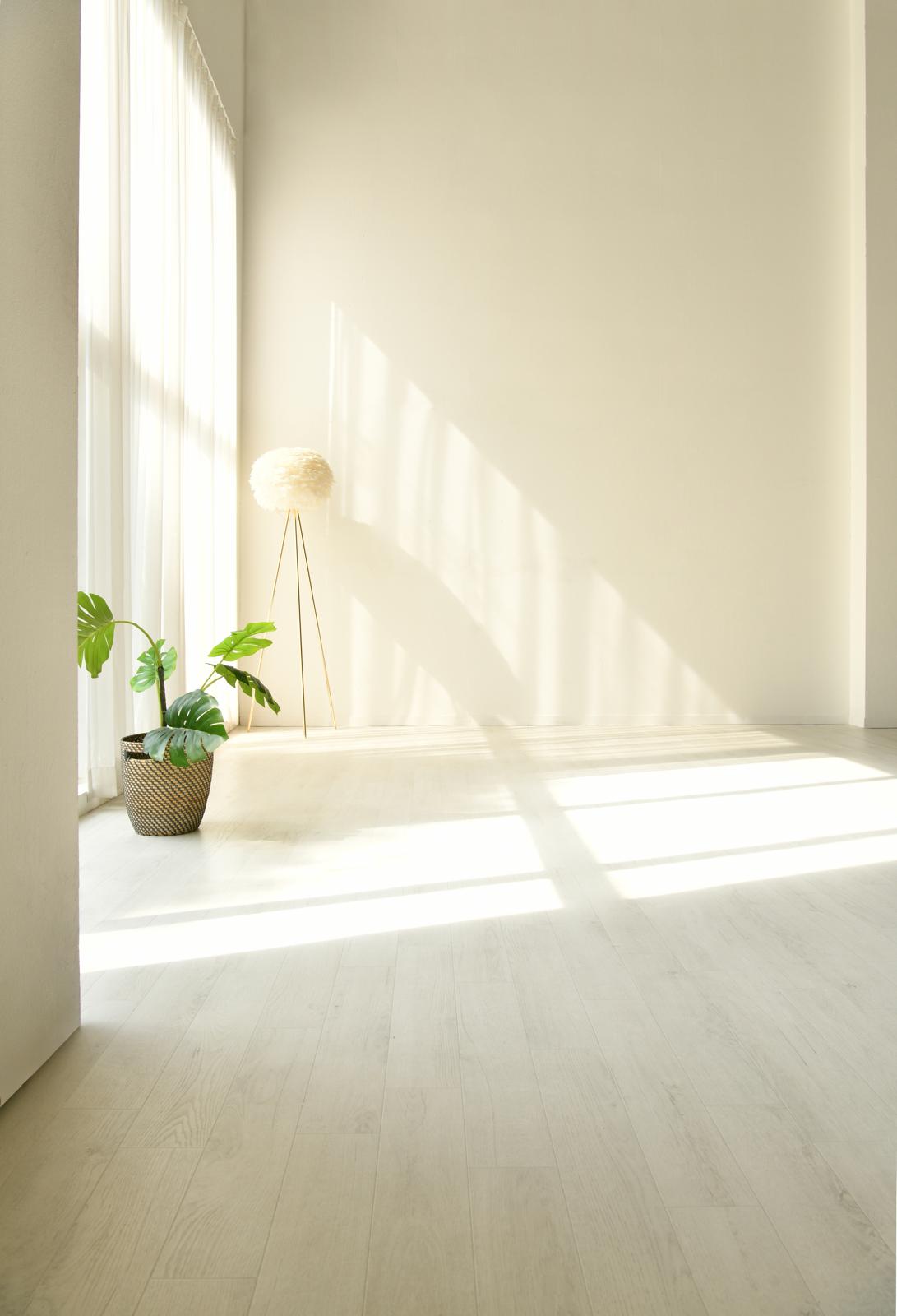10 Jul Illuminating Your Home: A Guide to Different Lighting Styles
Lighting is one of the most crucial elements in home design, affecting both functionality and ambiance.
The right lighting can transform a space, enhance architectural features, and create a mood. In this blog
post, we’ll explore various lighting styles to help you make informed decisions for your home. We’ll
cover ambient, task, accent, decorative, and natural lighting, discussing their purposes, applications, and
how to integrate them into different areas of your home.

Ambient Lighting Styles for Your Home
Purpose:
- General Illumination: Ambient lighting provides overall illumination, ensuring a room is adequately lit for general use. It’s the primary source of light and sets the tone for the space.
Applications:
- Ceiling Fixtures: Chandeliers, pendants, and flush-mounted fixtures are common sources of ambient light, offering wide, even distribution of light.
- Recessed Lighting: Built into the ceiling, these lights offer a sleek, unobtrusive way to illuminate a room.
- Wall Sconces: Can be used in larger rooms or hallways to provide additional ambient lighting.
Integration Tips:
- Living Room: Use a combination of ceiling fixtures and recessed lighting to create a warm and welcoming environment.
- Bedroom: Consider dimmable ceiling lights to adjust the brightness according to different times of the day.
- Kitchen: Utilise a central ceiling light paired with under-cabinet lighting for even distribution.

Task Lighting Styles for Every Room
Purpose:
- Focused Illumination: Task lighting is designed to illuminate specific areas where detailed activities occur, such as reading, cooking, or working.
Applications:
- Desk Lamps: Ideal for home offices or study areas, providing focused light without straining the eyes.
- Under-Cabinet Lights: Essential in kitchens for illuminating countertops and workspaces.
- Reading Lamps: Positioned next to chairs or beds for comfortable reading.
Integration Tips:
- Home Office: Choose adjustable desk lamps to direct light where needed, reducing eye strain during long working hours.
- Kitchen: Install under-cabinet lights to brighten up work surfaces, making meal preparation safer and easier.
- Bedroom: Place reading lamps on bedside tables for convenience and focused lighting.

Accent Lighting Ideas to Enhance Your Home
Purpose:
- Highlighting Features: Accent lighting is used to draw attention to specific objects or architectural features, adding depth and dimension to a room.
Applications:
- Track Lighting: Flexible and adjustable, perfect for highlighting artwork or decorative elements.
- Wall Washers: Installed to cast light evenly across a wall, emphasising textures and colours.
- Spotlights: Directed at particular objects, such as sculptures or plants, to create focal points.
Integration Tips:
- Living Room: Use track lighting to highlight a gallery wall or an eye-catching piece of art.
- Hallways: Install wall washers to create a dramatic effect, enhancing the space’s overall aesthetic.
- Outdoors: Use spotlights to highlight landscaping features, adding curb appeal and security.

Decorative Lighting Styles for a Stylish Home
Purpose:
- Aesthetic Enhancement: Decorative lighting serves as a focal point or a piece of art in itself, contributing to the room’s decor and style.
Applications:
- Chandeliers: Grand and elegant, perfect for dining rooms, entryways, or living areas.
- Pendant Lights: Versatile and stylish, suitable for kitchen islands, dining tables, or even bathrooms.
- Fairy Lights: Add a whimsical touch to bedrooms, outdoor spaces, or around mirrors.
Integration Tips:
- Dining Room: Choose a chandelier that complements the table size and room style, creating a stunning centrepiece.
- Kitchen: Use a series of pendant lights over the island for both functional and decorative purposes.
- Bedroom: Incorporate fairy lights around the headboard or windows for a cosy, inviting atmosphere.

Natural Lighting Techniques to Brighten Your Home
Purpose:
- Eco-Friendly Illumination: Natural lighting leverages sunlight to illuminate spaces, reducing energy consumption and enhancing well-being.
Applications:
- Windows: Large windows, skylights, and glass doors maximise natural light entry.
- Mirrors: Strategically placed mirrors can reflect natural light, amplifying its effect.
- Light Shelves: Architectural elements that capture and diffuse sunlight deeper into the interior.
Integration Tips:
- Living Room: Position seating areas near large windows to take advantage of natural light.
- Bathroom: Install skylights or frosted windows to maintain privacy while maximising light.
- Kitchen: Use glass doors and large windows to create a bright, airy cooking environment.
Lighting by Room
Understanding the different types of lighting is essential, but knowing how to apply them effectively in
each room will ensure your home is well-lit and functional. Here’s a room-by-room guide to integrating
various lighting styles:
Living Room
- Ambient: Use a combination of ceiling fixtures, floor lamps, and recessed lights to create a well-lit, versatile space.
- Task: Incorporate reading lamps near seating areas and adjustable lights for workspaces.
- Accent: Highlight artwork, architectural features, or bookshelves with spotlights or track lighting.
- Decorative: Add a statement chandelier or unique pendant lights to enhance the room’s style.
- Natural: Maximise window usage and place mirrors to reflect light throughout the space.
Kitchen
- Ambient: Install a central ceiling fixture or recessed lighting for overall illumination.
- Task: Use under-cabinet lights for countertops and pendant lights over the island.
- Accent: Highlight backsplash tiles or open shelving with small spotlights.
- Decorative: Choose stylish pendant lights that match your kitchen décor.
- Natural: Incorporate large windows or glass doors to flood the space with natural light.
Bedroom
- Ambient: Utilise ceiling fixtures or recessed lighting with dimmable options.
- Task: Place reading lamps on bedside tables and adjustable lights for dressing areas.
- Accent: Use wall sconces or small spotlights to highlight artwork or architectural details.
- Decorative: Consider a statement chandelier or a series of pendant lights for a touch of elegance.
- Natural: Position the bed to take advantage of natural light and use light, airy curtains to allow sunlight to filter in.
Bathroom
- Ambient: Install ceiling lights or recessed lighting for even illumination.
- Task: Use vanity lights on either side of mirrors for shadow-free lighting.
- Accent: Highlight features like a stylish bathtub or shower with focused lighting.
- Decorative: Add unique fixtures that complement the bathroom’s design.
- Natural: Incorporate skylights or frosted windows to maximise light while maintaining privacy.
Home Office
- Ambient: Use ceiling fixtures or floor lamps to provide general illumination.
- Task: Choose adjustable desk lamps to focus light on work areas and reduce eye strain.
- Accent: Highlight bookshelves or display areas with spotlights or track lighting.
- Decorative: Select fixtures that reflect your personal style and enhance the workspace.
- Natural: Position the desk near windows to take advantage of natural light and improve productivity.
Lighting Design Tips
To make the most of your home’s lighting, consider these additional design tips:
- Layer Your Lighting: Combine ambient, task, and accent lighting in each room for a balanced, flexible lighting scheme.
- Use Dimmers: Install dimmer switches to adjust lighting levels according to different times of the day and activities.
- Choose the Right Bulbs: Opt for LED bulbs, which are energy-efficient, long-lasting, and available in various color temperatures to suit different needs.
- Consider Color Temperature: Warm light (2700K-3000K) creates a cosy atmosphere, while cool light (3500K-5000K) is ideal for task-oriented areas like kitchens and offices.
- Highlight Focal Points: Use accent lighting to draw attention to artwork, architectural features, or other focal points in the room.
- Avoid Glare: Position lights carefully to avoid direct glare and ensure even distribution of light.
- Think About Scale: Ensure light fixtures are proportionate to the room size and ceiling height.






